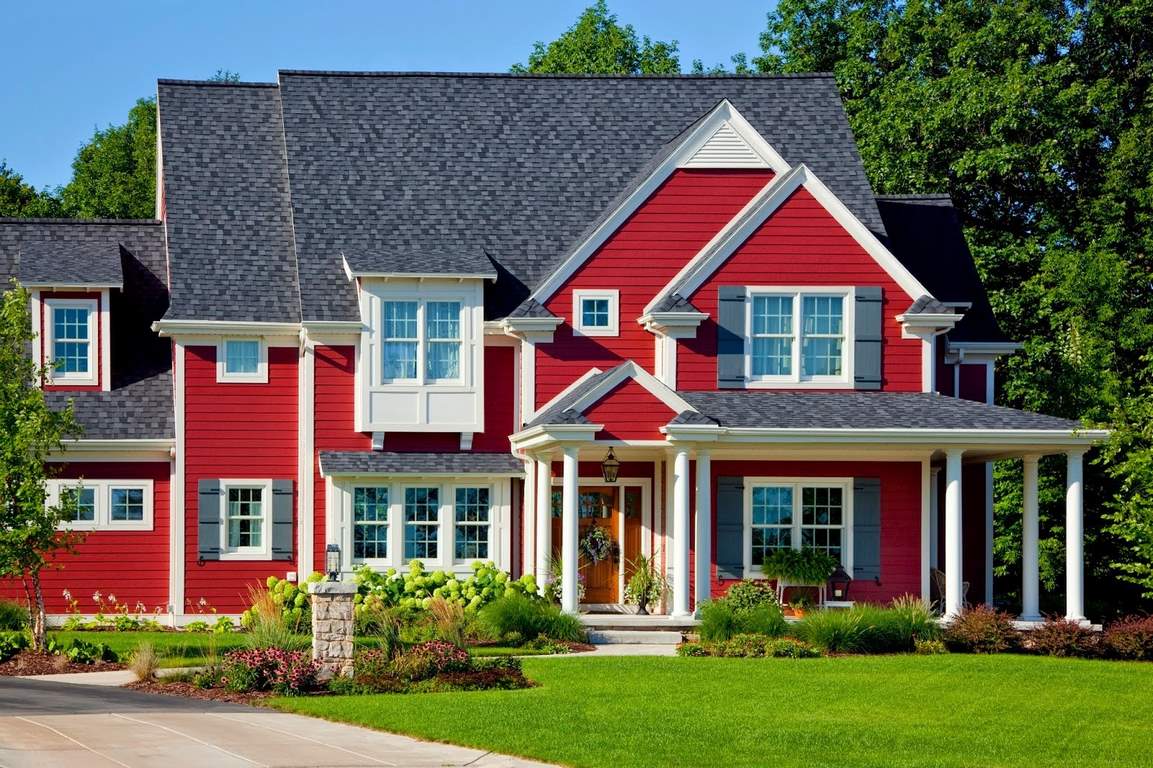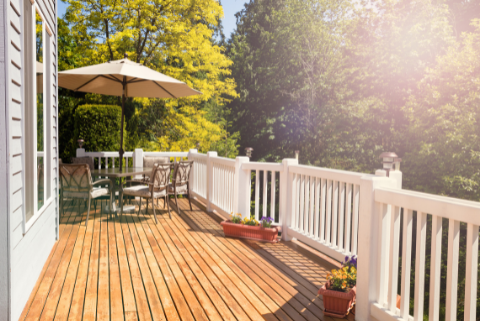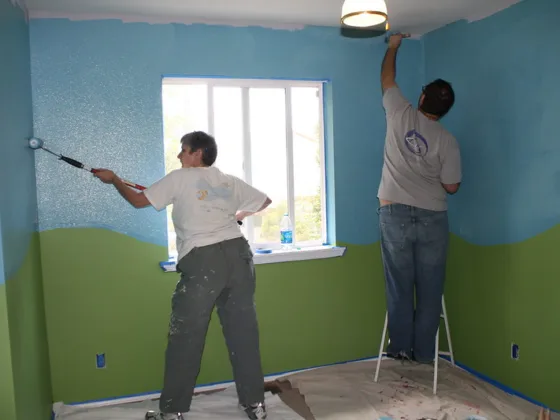Your siding is an important part of your home, protecting everything inside from water and other dangers.
While the lifecycle of a home’s siding will depend on the material used and what it has endured, ensuring that it does its job is vital so a siding replacement may be in order.
Here are some of the most influential issues that can affect the lifespan of your existing siding:
Moisture
Siding is meant to keep water out. Damaged siding, even if the damage is unseen, may allow moisture to get in and that can be a major problem. Look for warping and buckling in your siding as signs of moisture penetration.
Read Also:
Poor Maintenance
Siding may be a low maintenance product but it still requires some attention at times. It’s important to inspect your siding frequently, especially after a significant weather event.
Without that attention, issues can pile up and get worse until you finally have an emergency situation. Consult with your siding contractors to develop a maintenance schedule so you can deal with minor issues before they become big ones.
Roofing Problems
Your roof and your siding go hand-in-hand, so you need a quality roof to ensure a good siding installation.
As your roof begins to have problems like worn-out shingles and it allows moisture to get into the lower layers, that moisture can make its way into your siding and cause damage.
Weather
Poor weather can include hail or even high winds that bring debris that contacts your siding. While you may not even notice the damage, it can be a serious concern that warrants a siding replacement.
Fading
Many siding companies produce products that are resistant to fading over time. But the sun’s rays are powerful, so that resistance can fail, leaving you with discolored siding.










